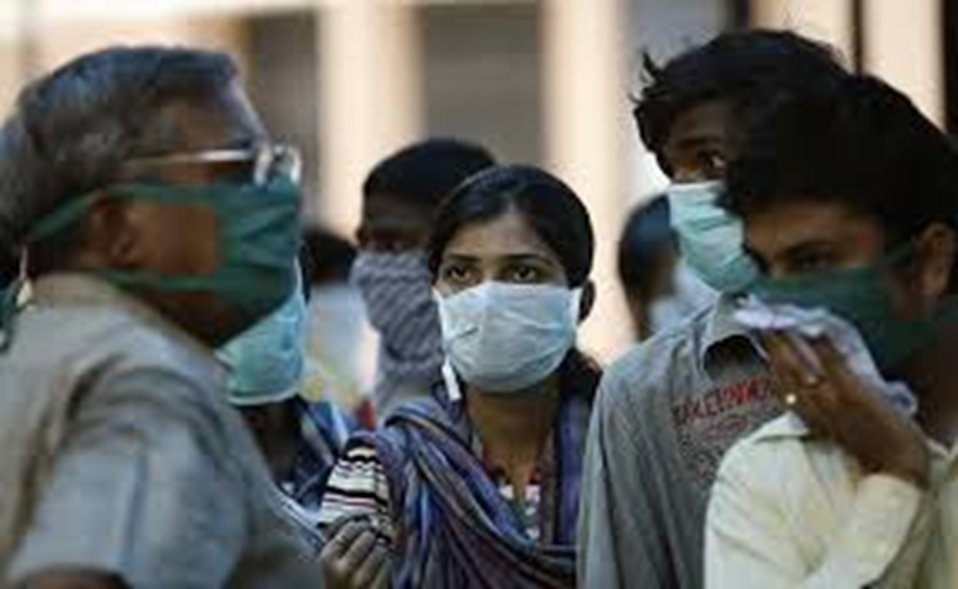For the past 3 months we can see a rise in the cases of H3N2 influenza. According to the latest report from the health ministry there has been in total 351 new cases of H3N2 influenza virus. The total number of deaths due to H3N2 virus has gone up to 9 on this Friday. According to many sources, the first death was of an 82-year-old man from Hassan district of Karnataka and the latest death is of a 73-year-old man from Pune. The rise in H3N2 is concerning, especially with the emergence of new variants of Covid 19 and gradual rise in its cases.
State governments of Gujarat, Telangana, Karnataka, Tamil Nadu, Maharashtra, Kerala and Delhi have issued urgent advisories for safety and precaution of the people as these states have the highest number of cases
What is H3N2?
H3N2 is a variant of influenza A virus. It is a variant of influenza virus which usually infect pigs. The first case of H3N2 infection was identified in 2011 and an outbreak due to H3N2 was seen in 2012 accounting for 309 cases.
Transmission is mainly through swine to humans but this is also rare. Limited transmission from human to human is seen. No type of community transfer is seen with this virus. Only localized outbreaks are seen with this virus.
Symptoms to watch out for.

image source: zee business
H3N2 mainly affects the respiratory system. Mild form of infection occurs in healthy individuals while it can be life threatening for high-risk people. Some of its symptoms are listed below:
1. Fever lasting for 3 to 5 days
2. Cough
3. Vomiting
4. Body aches
5. Headache
6. Diarrhea
7. Chills
8. Runny or stuffy nose
Who is at high-risk?

image source: boldsky.com
Some groups of people are at high-risk of developing serious complications if they are infected with H3N2 virus. This is mainly due to altered immune status of the person.
Some of the conditions are listed as such:
1. Adults 65 years and older
2. Children of less than 2 years of age
3. Pregnant females
4. People with diabetes and hypertension
5. Cancer patients
6. HIV/AIDS patients
7. Obese patients with BMI>40
8. Asthmatic patients. Etc.
More information regarding high-risk categories can be seen here.
Those who are under this high-risk category should talk with their healthcare provider for the option of yearly flu vaccine.
CDC has issued guidelines on H3N2 prevention. That can be seen here.
Safety advisories issued by various state government

In response to the rising number of cases in six states of India, their state government has issued safety advisories.
Common precautions advised by every state government:
- Special care of people older than 65 years and children
- Monitoring oxygen levels of every H3N2 infected patient
- Providing Oseltamivir for the treatment of the infection
- Advising to follow social distancing protocol and practicing masking
- Avoid overcrowded spaces.
- Ensuring free testing of patients.
- Health institutions are ordered to monitor the case load in the state.
Some additional government advisories are listed below:
In Delhi, health institutes like government hospitals and district surveillance units are ordered to monitor the spread of H3N2 virus.
In Karnataka, the government has set a target of screening 25 cases per week of severe acute respiratory infections and influenza like illness to look for H3N2 virus. This is being conducted in Victoria and Vani vilasa hospitals.
The Uttar Pradesh government has issued many helpline numbers to help and guide the patients. This has been done in addition to the implementation of social distancing and masking protocols.
In Gujarat, free testing has been made available at 13 government and 60 private laboratories for patients suffering from flu-like symptoms. Health workers are being prioritized for flu shots and they are keeping plenty of Oseltamivir in reserve.
All in all, the government is taking the necessary steps to stop the spread of infection. People should also follow social distancing and all Covid 19 protocols to prevent infection from both Covid 19 and H3N2 infection. As prevention is better than cure!













